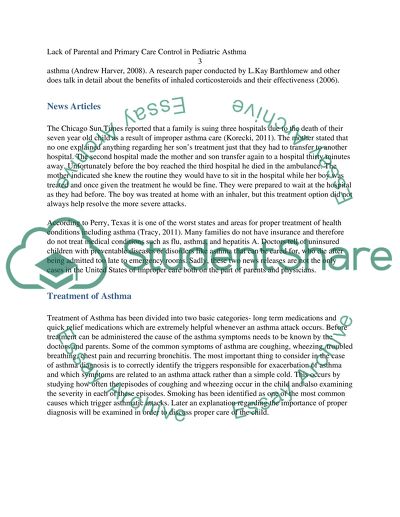Cite this document
(“Lack of Parental and Primary Care Control in Pediatric Asthma Essay”, n.d.)
Retrieved from https://studentshare.org/english/1432032-lack-of-parental-and-primary-care-control-in-pediatric-asthma
Retrieved from https://studentshare.org/english/1432032-lack-of-parental-and-primary-care-control-in-pediatric-asthma
(Lack of Parental and Primary Care Control in Pediatric Asthma Essay)
https://studentshare.org/english/1432032-lack-of-parental-and-primary-care-control-in-pediatric-asthma.
https://studentshare.org/english/1432032-lack-of-parental-and-primary-care-control-in-pediatric-asthma.
“Lack of Parental and Primary Care Control in Pediatric Asthma Essay”, n.d. https://studentshare.org/english/1432032-lack-of-parental-and-primary-care-control-in-pediatric-asthma.


